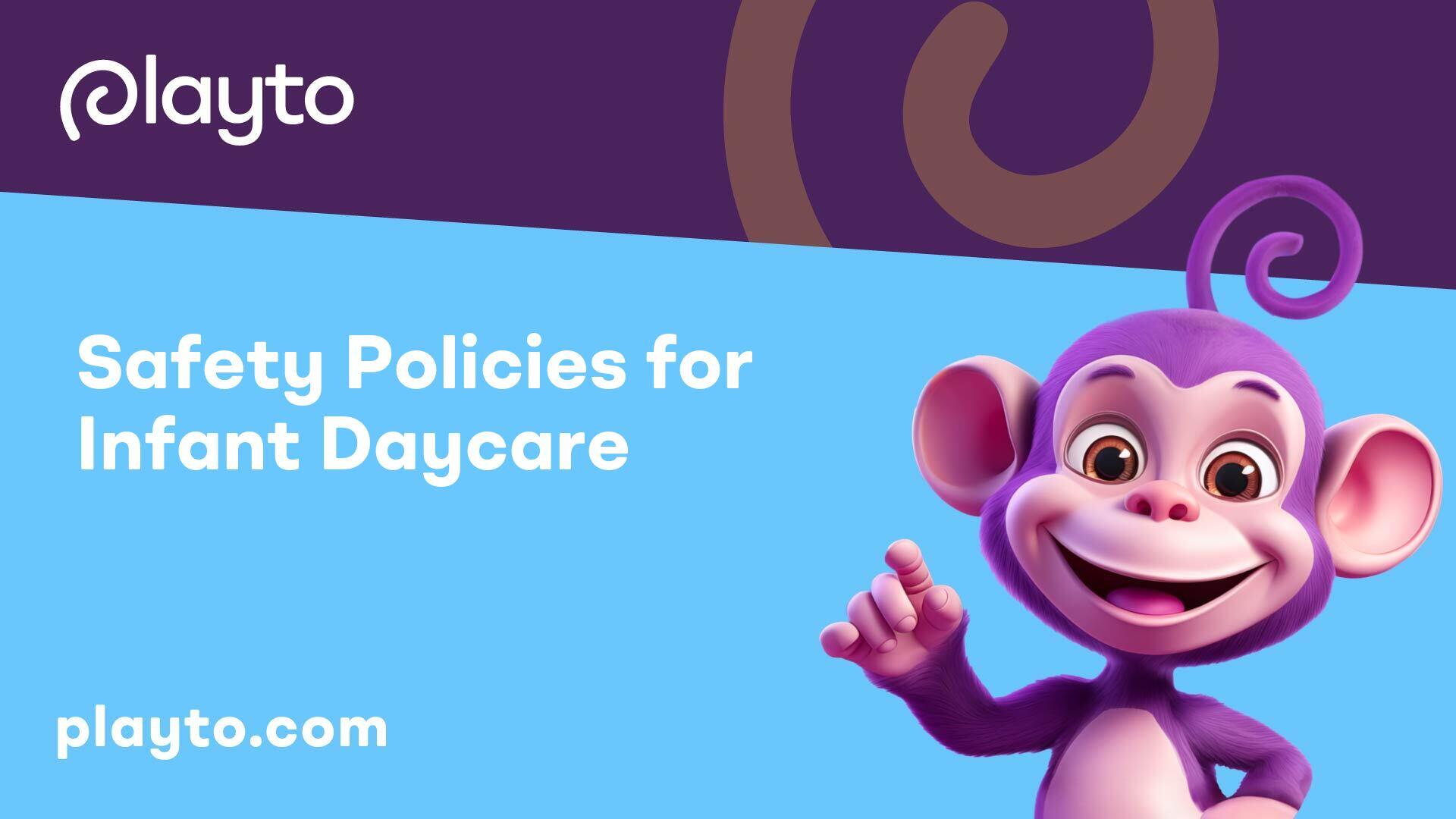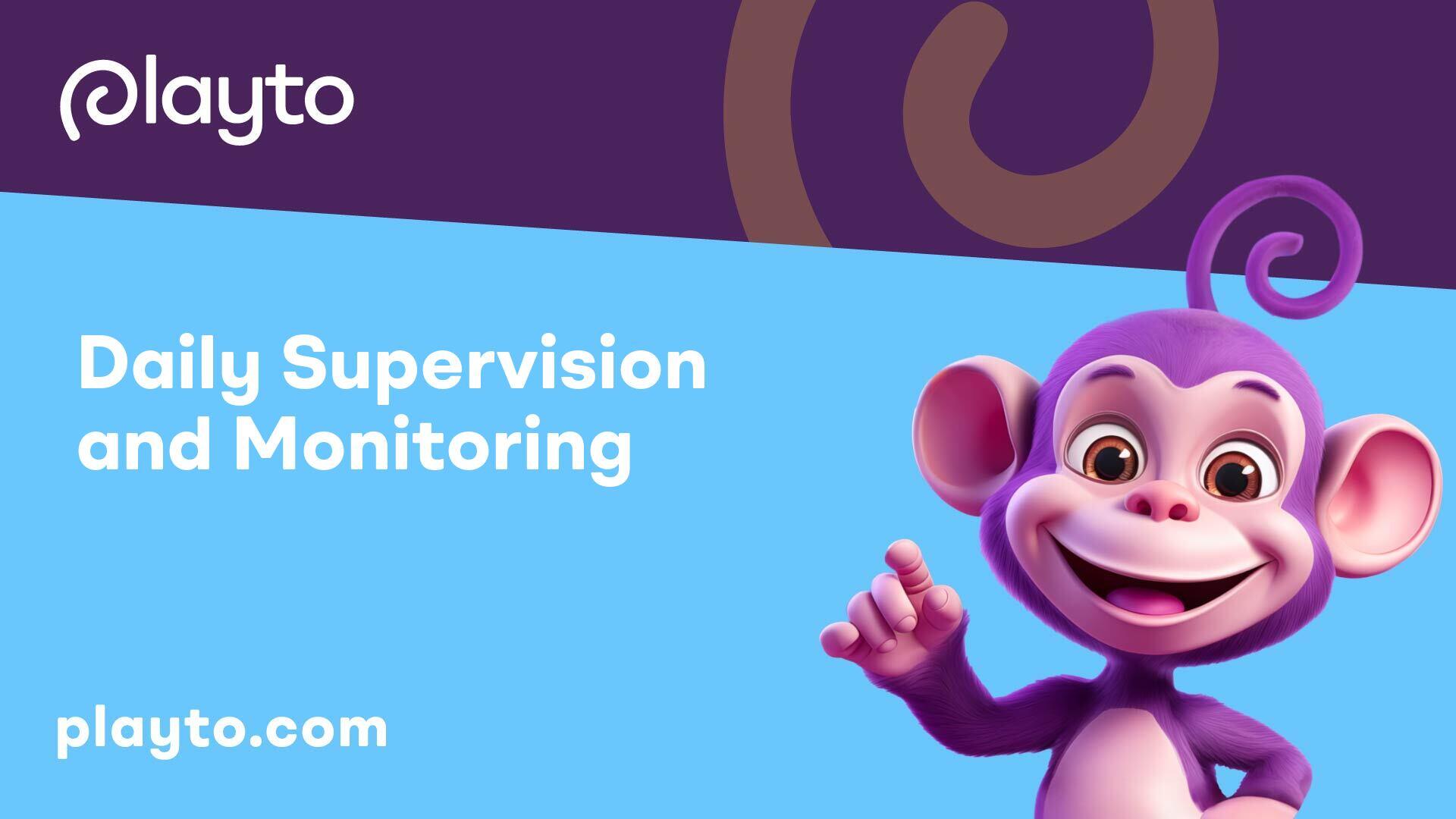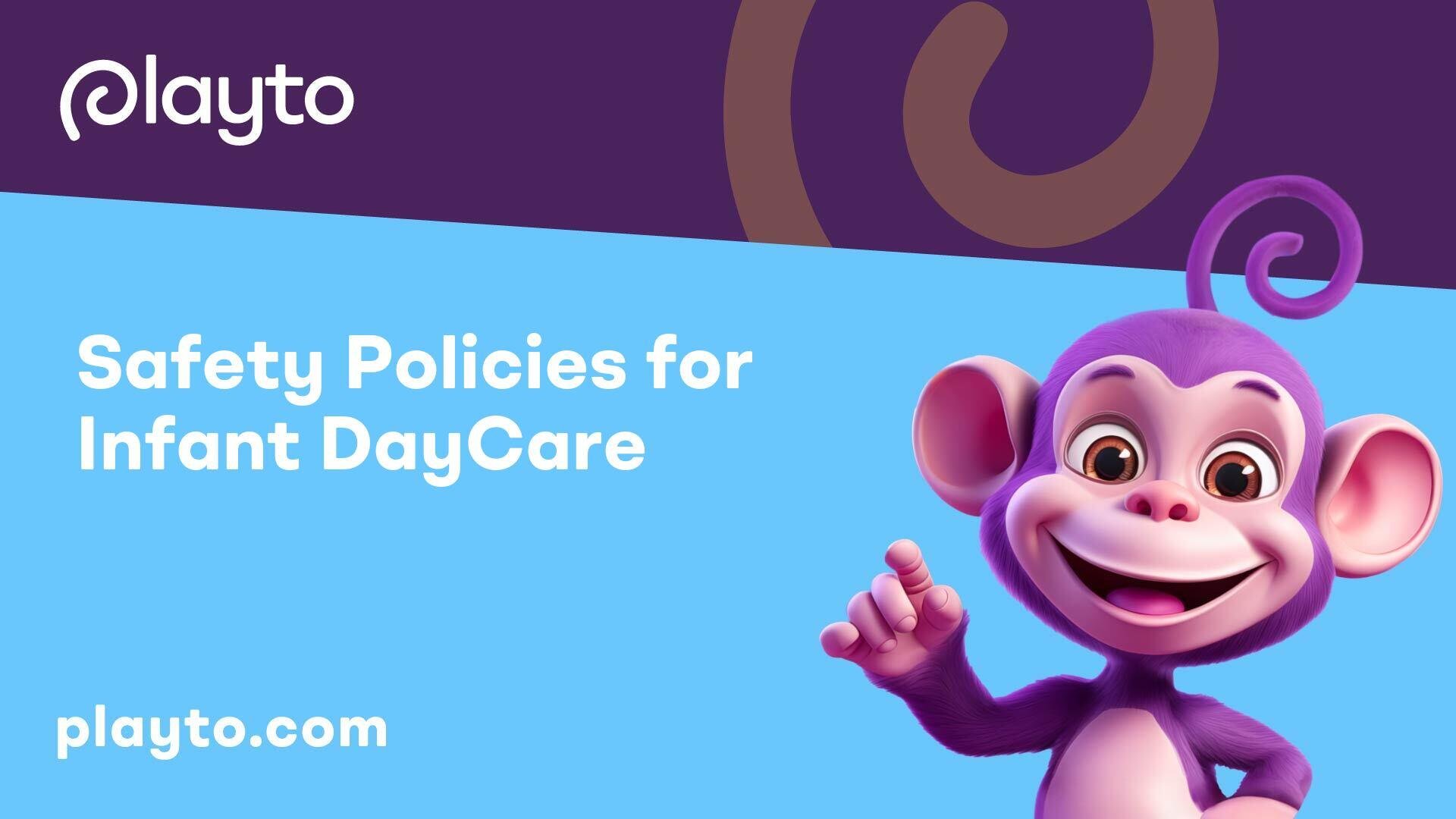
Safety Policies for Infant Daycare
Hazard Prevention
Maintaining a safe environment for infants in daycare involves thorough hazard prevention strategies to mitigate potential risks. Safety protocols in infant daycare centers should take into account the ever-changing behavior, development, emerging skills, and interactions of children with their surroundings. It is essential to ensure that cribs and floor spaces are kept free of toys, stuffed animals, thick blankets, and pillows, as these items can pose significant safety hazards to infants.
Guidelines emphasize considering the physical structure, furniture, furniture placement, routine care, teacher materials, choking hazards (excluding food), and children's materials to establish a safe environment for infants. By proactively identifying potential hazards and taking preventive measures, daycare providers can create a secure space for infants to explore and learn safely.
Environment Considerations
Environment considerations play a pivotal role in enhancing the safety of infants in daycare settings. Measures to ensure a safe environment include adhering to safe sleeping practices to reduce the risk of Sudden Infant Death Syndrome (SIDS). Placing infants to sleep on their backs has contributed significantly to the decrease in SIDS rates in the U.S. Experts recommend that all infants should be put to sleep on their backs, as the risk of SIDS is 12.9 times higher for infants who sleep on their tummies compared to those who sleep on their backs.
Additionally, it is crucial to avoid using crib bumpers and pillow-like items in cribs, as they pose suffocation hazards. Childcare programs should ensure that the cribs used meet safety standards with slats no further apart than 2 3/8 inches to prevent infants from getting stuck between the slats. Infants should always be transferred to approved sleep surfaces like cribs from carriers or swings to mitigate potential risks such as overturning or breathing interference [2].
By carefully considering the environment and implementing safety protocols that adhere to established guidelines, infant daycare providers can create a secure and nurturing space that prioritizes the well-being and safety of the infants under their care.

Safe Sleeping Practices
Ensuring safe sleeping practices in infant daycare centers is paramount to the well-being of the children in their care. Two key aspects of safe sleeping practices are addressing Sudden Infant Death Syndrome (SIDS) and implementing crib safety measures to minimize potential hazards.
Sudden Infant Death Syndrome (SIDS)
Sudden Infant Death Syndrome (SIDS) is a significant concern for infant daycare centers. Thankfully, the rates of SIDS have significantly decreased in the U.S, largely due to the recommendation to place all infants to sleep on their backs. Infants who sleep on their tummies face a 12.9 times higher risk of SIDS compared to those who sleep on their backs. This highlights the importance of always placing infants on their backs for sleep to reduce the risk of SIDS.
To adhere to safe sleeping practices, daycare centers should ensure that infants are always placed on their backs for sleep, both during naptime and overnight. Additionally, infants should be put to sleep on a firm mattress with no loose bedding, such as blankets, toys, or pillows, in the crib. It is crucial to create a safe sleep environment free of suffocation hazards to protect infants while they rest.
Crib Safety Measures
Crib safety measures play a vital role in promoting safe sleeping practices for infants in daycare centers. Crib bumpers and other pillow-like items are considered unsafe in a child's crib as they pose a suffocation hazard. Moreover, cribs used in daycare centers should adhere to safety standards, with slats spaced no further than 2 3/8 inches apart to prevent babies from getting stuck between them.
Daycare providers must ensure that the cribs are in good condition, with sturdy construction and no loose parts that could pose a danger to infants. Additionally, infants should never be left unattended in carriers or swings for sleep, as these are not considered safe sleep surfaces. Transferring infants to approved sleep surfaces like cribs is essential to avoid potential hazards such as overturning or interference with breathing.
By following these safe sleeping practices and crib safety measures, infant daycare centers can create a secure and nurturing environment for infants to rest comfortably and safely. Prioritizing SIDS prevention and ensuring crib safety not only promotes the well-being of the children but also offers peace of mind to parents entrusting their infants to daycare providers.

Daily Supervision and Monitoring
When it comes to ensuring the safety and well-being of infants in daycare, daily supervision and monitoring are critical aspects. This includes overseeing the infant sleep environment and understanding the provider responsibilities associated with caring for young children.
Infant Sleep Environment
Creating a safe sleep environment is paramount in infant daycare settings. Guidelines emphasize the significance of considering various factors such as the physical structure, furniture placement, routine care, and potential choking hazards to guarantee a secure environment for infants.
To ensure infants' safety during sleep, it's essential to maintain proper lighting levels to observe each child's face for signs of distress or discomfort. Regular temperature checks are also recommended to ensure that infants are sleeping comfortably. Additionally, it's crucial to avoid introducing extra toys or blankets in the sleeping areas to prevent potential suffocation hazards.
Provider Responsibilities
Providers in daycare facilities play a crucial role in monitoring and supervising infants on a daily basis. They are responsible for implementing safe sleep practices, adhering to guidelines on crib safety, and promptly addressing any issues or concerns that may arise.
Crib safety measures include avoiding the use of crib bumpers and pillow-like items, as they can pose suffocation risks to infants. Additionally, childcare programs should ensure that cribs meet safety standards, with slats spaced no further than 2 3/8 inches apart, to prevent babies from getting stuck between the slats.
Providers should also be vigilant about monitoring infants to prevent common safety incidents such as falls and injuries. By upholding their responsibilities and staying attentive to the needs and safety of the infants under their care, providers contribute to creating a secure and nurturing environment for young children in daycare.
By understanding the importance of daily supervision, maintaining a safe sleep environment, and fulfilling provider responsibilities diligently, daycare centers can ensure that infants are provided with a secure and nurturing environment that promotes their overall well-being and development.
Preventive Measures for Family Child Care Providers
When it comes to ensuring the safety of infants in family child care settings, preventive measures play a crucial role in minimizing risks and creating a secure environment. Family child care providers can implement various strategies to enhance safety standards and collaborate with family child care administrators to address specific safety concerns effectively.
Safety in Family Child Care Settings
Safety in family child care settings encompasses a wide range of considerations to provide a secure environment for infants. Guidelines emphasize evaluating the physical structure, furniture layout, routine care practices, and the presence of potential choking hazards to ensure a safe setting for infants. It is essential for family child care providers to assess their setup regularly to identify and rectify any safety hazards that may compromise the well-being of the infants under their care.
Engaging with Family Child Care Administrator
Collaboration with the family child care administrator is instrumental in promoting safety measures within the family child care program. Family child care providers should actively communicate with their administrator to obtain required forms, checklists, and guidance to adhere to state licensing regulations. By engaging with the administrator, providers can ensure that their program meets all necessary safety standards and documentation.
Moreover, conducting a thorough daily safety checklist before children arrive can help family child care providers identify and address any potential safety oversights and hazards. This proactive approach not only enhances the safety of the environment but also demonstrates a commitment to the well-being of the infants in their care.
By prioritizing safety in family child care settings and establishing a collaborative relationship with the family child care administrator, providers can create a nurturing and secure environment for infants while complying with area-specific regulations and safety guidelines.
Common Safety Incidents
When it comes to ensuring the safety of infants in daycare settings, it's essential to be prepared for common safety incidents that may occur. Among the most prevalent safety incidents are falls and injuries, as well as choking and strangulation incidents.
Falls and Injuries
Falls are a common occurrence among young children in daycare and kindergarten settings. Infants are naturally curious and eager to explore their surroundings, which can sometimes lead to accidents. Falls can result in injuries such as cuts, bruises, or even fractures. To prevent falls and injuries, it's important for caregivers to create a safe environment that minimizes potential hazards and closely supervise children during playtime.
Choking and Strangulation
Choking incidents pose a significant risk to infant safety in daycare settings. Infants have a tendency to put objects in their mouths, and if these objects are small enough to be a choking hazard, it can lead to a life-threatening situation. Caregivers should be vigilant in ensuring that small objects, food items, or toys that can pose a choking hazard are kept out of reach of infants. Immediate intervention and knowledge of first aid procedures are crucial in dealing with choking incidents.
Strangulation and suffocation incidents can also occur in daycare settings. Hazards such as loose cords, strings, or objects in cribs, playpens, or toys can pose serious risks to infants' safety and well-being. It's vital for caregivers to regularly inspect the environment and remove any potential strangulation hazards to create a safe sleeping and playing space for infants.
By being proactive and implementing safety measures to prevent falls, choking incidents, and strangulation hazards, daycare providers can create a secure environment where infants can thrive and grow without unnecessary risks to their well-being. It is essential to prioritize safety training for caregivers and establish clear protocols for responding to safety incidents to ensure the highest level of care for infants in daycare settings.
Licensing and Regulations in Child Care
Ensuring the safety and well-being of infants in daycare settings involves compliance with specific licensing requirements and adherence to accreditation standards. State licensing requirements and ongoing monitoring play a vital role in upholding safety protocols and quality care.
State Licensing Requirements
Child care licenses serve as a critical aspect of maintaining standards for health, safety, and overall program quality in daycare facilities. These licenses validate that daycare programs have met state standards encompassing various aspects, including safe sleep practices, caregiver to child ratios, group sizes, food preparation, staff training, sanitation, emergency preparedness, and background checks for staff [5].
Each state establishes its own licensing requirements for child care programs, overseen by designated agencies that not only issue licenses but also conduct routine inspections to ensure consistent compliance with regulations. The visible display of licenses within daycare facilities allows parents to verify the program's adherence to state-mandated standards, fostering transparency and confidence in the care provided [5].
Accreditation and Monitoring
In addition to state licensing, daycare programs may seek voluntary accreditation from reputable organizations such as the National Association for the Education of Young Children (NAEYC) and the National Association for Family Child Care (NAFCC). This accreditation process signifies that child care facilities meet requirements that often exceed basic state licensing standards, emphasizing a commitment to excellence in early childhood education and care.
State licensing agencies play a crucial role in regulating and monitoring licensed child care programs, ensuring ongoing compliance with established licensing regulations related to health, safety, and program quality standards. This oversight serves to safeguard the well-being of infants and children in daycare settings, promoting a nurturing and secure environment for their development and growth.
By adhering to state licensing requirements and considering accreditation opportunities, daycare facilities demonstrate their dedication to upholding the highest standards of care and safety for the infants entrusted to their supervision. Compliance with regulations and ongoing monitoring not only safeguards the welfare of children but also instills trust and confidence in parents seeking quality childcare options.
References
[2]:
[3]:
[4]:
[5]:
